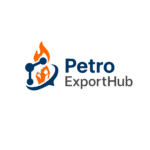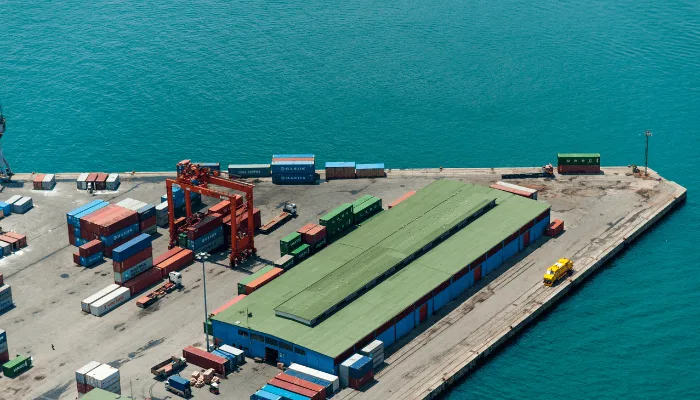
How Refinery Capacity Expansions Are Affecting SN150 Supply
In recent years, refinery capacity expansions have significantly reshaped global SN150 base oil supply. As demand for lubricants continues to grow in both developed and emerging economies, refiners are increasing production volumes to meet market needs. SN150, a Group I base oil, remains one of the most widely traded products in the lubricants sector due to its competitive pricing, versatility, and strong availability.
This article explores how refinery expansions across the Middle East, Asia, and other regions are impacting the availability, pricing, and competitiveness of SN150 base oil in 2025 and beyond.
1. The Importance of SN150 in the Lubricants Industry
SN150 plays a crucial role in lubricant formulations due to its:
Balanced viscosity for both automotive and industrial oils.
Wide applications, including hydraulic fluids, transformer oils, and process oils.
Global trade presence, with the Middle East, Russia, and Asia as leading exporters.
Cost competitiveness, making it attractive for emerging markets.
Because of these factors, refiners prioritize SN150 production during expansions.
2. Refinery Expansions Driving Global Supply
Several regions are investing heavily in new refining units and upgrading Group I/II capacity:
Middle East: New projects in Saudi Arabia, UAE, and Iran are boosting SN150 output for export markets.
Asia: India and China are expanding production to serve both domestic and regional demand.
Russia & CIS: Despite geopolitical challenges, some refiners are maintaining SN150 exports to Asia and the Middle East.
Africa: Emerging capacity, although small, is improving local supply and reducing imports.
These expansions mean that SN150 availability has improved in global markets, reducing volatility compared to previous years.
3. Impact on SN150 Prices
While refinery expansions have boosted supply, the effect on SN150 prices is mixed:
Increased supply → downward pressure on prices in oversupplied regions.
Freight costs & logistics challenges → continue to keep landed prices high in some markets.
Regional imbalances → Asia remains cost-sensitive, while Europe is gradually shifting away from Group I oils, creating excess SN150 volumes.
4. Supply Chain and Trade Dynamics
The expansion of refining capacity is also reshaping trade flows:
Middle East to Asia: Strong export growth as refiners supply India, China, and Southeast Asia.
Intra-Asia Trade: Indian refiners are exporting more to African and Middle Eastern buyers.
Turkey & Mediterranean: Remain important transit hubs for SN150 imports and distribution.
5. Comparison: Pre-Expansion vs Post-Expansion Supply
| Factor | Before Refinery Expansions | After Refinery Expansions |
|---|---|---|
| SN150 Availability | Limited, prone to supply shocks | More stable, larger volumes |
| Price Volatility | High, frequent spikes | Lower, but still region-dependent |
| Export Destinations | Concentrated (few key markets) | Diversified (Asia, Africa, Turkey) |
| Refinery Investments | Slow, limited upgrades | Accelerated, with new capacity |
6. Long-Term Outlook (2025–2030)
SN150 will remain essential in emerging markets due to cost advantages.
Developed economies will continue shifting to Group II and Group III base oils, creating excess exportable supply of SN150.
Price stability will improve, but logistics and geopolitical risks will continue to influence trade flows.
Middle East refiners are expected to dominate global SN150 exports, leveraging proximity to Asia and Africa.
Looking for base oil suppliers in Iran ?
- Contact Us today and get connected with producers and export-ready logistics.
- sales@PetroExportHub.com

Related posts
Mono Ethylene Glycol (MEG) serves as a cornerstone for modern antifreeze and coolant formulations, offering reliable freezing protection and heat resi . . .
Explore Solvent 100’s specs, uses, and export opportunities from Iran. Ideal for paint, ink, and adhesive buyers in India, Turkey, UAE, and Africa. . . .
Explore everything you need to know about exporting sulphur from Iran in 2024 — including types, packaging, documents, ports, prices, and top import . . .
Explore Iran’s top ports for petrochemical exports, including Bandar Imam Khomeini, Assaluyeh, and Bandar Abbas. Compare infrastructure, accessibili . . .
Learn the key differences between polypropylene (PP) and polyethylene (PE), their applications, advantages, and how to choose the right polymer for yo . . .
Discover how a Turkish plastics manufacturer reduced costs by 22% through importing HDPE from Iran. Real-world case study by PetroExportHub. . . .
Learn why Iran is a leading exporter of polyethylene (PE). Discover grades, global applications, and how PetroExportHub connects buyers with top suppl . . .
We are here to answer your questions....
Petro Export Hub
PetroExportHub specializes in the export of premium-grade petrochemicals, minerals, and industrial chemicals from Iran, serving international markets with reliability, transparency, and tailored logistics solutions
Tehran Office
Phone:
0214865484 | +989127607241
Address:
Tehran..
China Office
TEL :
0211400
Address:
Zhongzhou Bie Lu, Zhongcheng Street, Yiwu City, Zhejiang Province, China
Quick Access
Quick Access
- Contact Our Sales Team
- Frequently Questions
- Shipping & Logistics
- Become a Partner
- Certificatins & Quality







